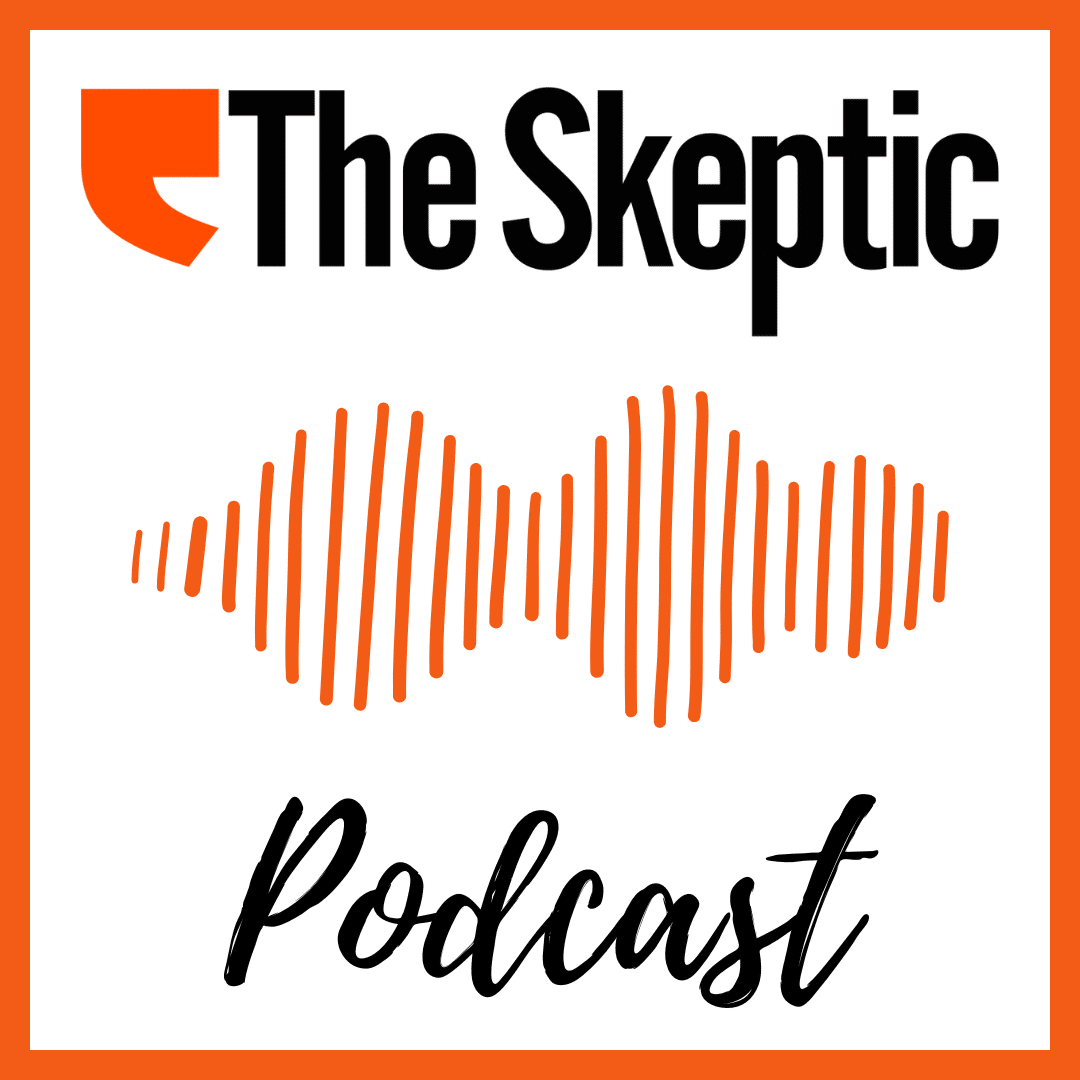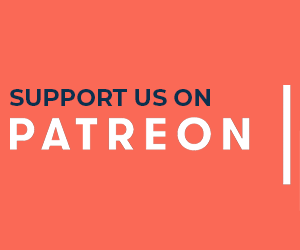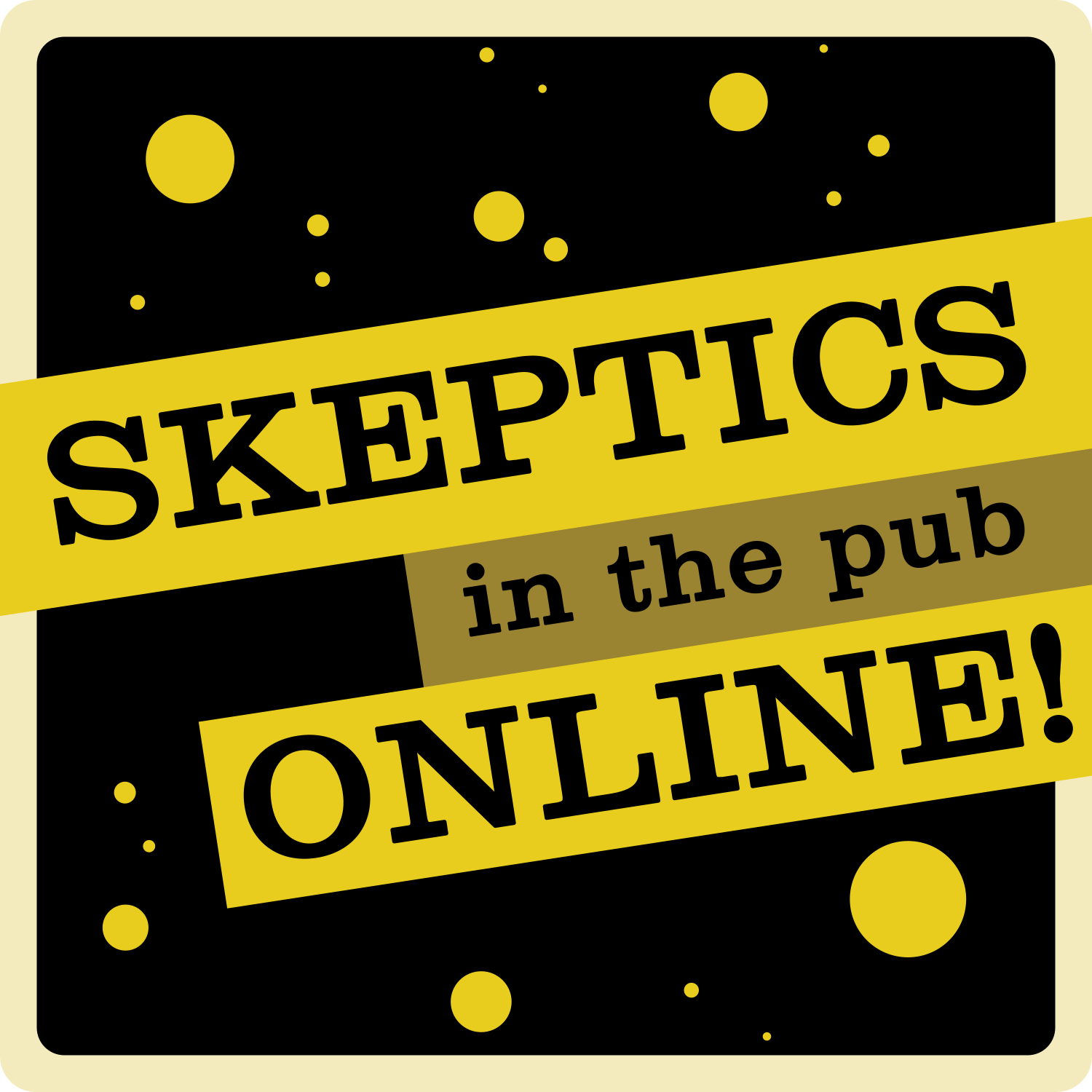“I don’t need to see a therapist, it’s not a big deal.” That was what I kept telling myself as a teenager whenever the weight of my thoughts became too heavy. Just 3 years ago, The Straits Times reported that 1 in 3 youths with severe mental health symptoms did not seek help, with about 300 to 400 suicides each year in the last 5 years.
Keeping quiet and getting by was easier than admitting I needed help, and easier than wondering if therapy would actually work. After all, I have seen behind the curtain, and what I saw left me doubtful.
Growing up, I saw psychiatrists, counsellors, and social workers. But each visit felt the same. Predictable, rushed, and disconnected. It was like walking into a room, handing over your pain, and walking out with a standard response. Nothing changed.
In many Chinese households like mine, emotions are not meant to be explored. Instead, they are meant to be contained. Crying means weakness. Sadness means shame. The solution? Toughen up. Be stronger. Don’t make it a big deal.
I remember sitting in a family service centre, overhearing a group of professionals discuss a case just before our turn. “Just use the same solution for that family,” one of them said. That sentence stuck with me. It felt cold, mechanical, like they were applying a one-size-fits-all solution to something deeply personal. I could not help but wonder: Is this how all of it works?
Later, I went to the Institute of Mental Health. Each month, I meet a different psychiatrist. They asked the same questions, scribbled something down, and prescribed the same medication. It felt clinical, like I wasn’t a person, just another file on a desk.
School counselling did not help much either. The sessions were short. Surface-level. I remember walking in, answering a few questions, and walked out wondering, That’s it? That’s supposed to help? I never went back. I stopped trusting the system. Not because I do not believe in mental health care, but because I have never seen it work. And I had never met anyone who had either.
Until university where I met a friend, Bryan, 25, who shared a different experience. “If you need help, don’t be afraid to reach out. It’s not embarrassing. I’ve gone to therapy before, and it really helped me.”
His words did not convince me instantly. But they stayed with me. For the first time, I wondered: Maybe therapy is not the problem. Maybe I just haven’t had good experiences.
Mental health conversations in Singapore have come a long way, but for many, seeking professional help still feels uncomfortable, unnecessary, or even shameful. The Singapore Mental Health Study found that 1 in 7 Singaporeans have experienced a mental disorder in their lifetime. Between 2022 and 2023, a study of 2,600 Singaporeans and permanent residents found that anxiety and depression are the most common conditions. In 2025, among working adults, 4 in 10 report high mental health risks, with nearly half at moderate risk. Among youths, 1 in 3 experience severe or extremely severe symptoms of depression, anxiety, or stress. Yet a large proportion never seek help.
Research showed that the major reasons for avoiding mental health help were a belief that specialists are not able to help, a fear of being judged, and stigma towards mental health as a sign of weakness or an admission that something is “wrong” with you. However, the challenges still remain: suicide is the leading cause of death among Singaporeans aged 10 to 29, with academic pressure, interpersonal conflict, and career anxiety pushing many youths to crisis point.
To change this, Singapore launched the National Mental Health and Well-Being Strategy in 2023, aiming to build emotional resilience across society. Schools now teach mental wellness, and parents have access to structured toolkits. But stigma isn’t erased overnight. Many still grow up in homes where mental health is dismissed or kept quiet. And for those who have had poor experiences with school counsellors, therapy can feel ineffective or impersonal.
As Marc Clarence bluntly stated in a Rice Media interview:
I don’t believe in the whole therapy thing. I think being resilient is key because you can’t be broken or beaten down by a lot of things. I mean, life is never fair.
This sentiment is not uncommon. It reflects a broader belief system where silence is seen as strength, and vulnerability is misunderstood. In that silence, people look elsewhere, and increasingly, when they shy away from people, they turn to the next most convenient alternative: social media.
Platforms like TikTok and Instagram have made mental health more visible than ever. Bite-sized advice about trauma, anxiety, and self-care is shared with millions, making terms like “boundaries,” “gaslighting,” and “emotional regulation” part of everyday language. On the surface, this helps normalise mental health conversations.
This is reflected in the 2024 KFF Health Misinformation Tracking Poll, where 66% of adult TikTok users have encountered mental health content on the app, and many of these users, especially those struggling with their mental health, are turning to TikTok for advice instead of seeking professional help. Some even turn to AI for support. One user said of an AI chatbot, “He checks in on me more than my friends and family do,”.
Another user explained on Tiktok:
Unpopular opinion: therapy is so overrated. Been in therapy since 3 years old. Stop telling people “Go to therapy” everyone I know is in therapy. Go talk to your granny instead and save the co pay baby.
It’s sarcastic, but it’s also understandable: some users who have tried therapy report feeling no better. In fact, some say they feel more drained, more stuck, and more misunderstood. When that happens, can we really blame people for turning to social media?
Meanwhile, TikTok’s solution includes advice like “5 ways to improve your mental health”:
- Feeling stressed? Run
- Feeling confused? Write
- Feeling frustrated? Lift weights
- Feeling sad? Get sunlight
- Feeling anxious? Walk in nature
There is a reason why these messages are everywhere, they can help. Exercise, fresh air, and journaling can be powerful tools for managing everyday stress. Moreover, in a world where therapy can feel slow, expensive, and emotionally exhausting, a 15-second video with five steps to “fix” your mood feels way more manageable.
But here’s the catch: these tips might offer temporary relief, but they rarely address the deeper issues – grief, trauma, chronic anxiety or burnout. These do not go away with a nice walk or a good playlist. The more we consume these bite-sized strategies, the more we may start to believe that therapy is overcomplicating things. That maybe all we need is another morning routine or mindfulness tracker. That professional help is for people who “can’t figure it out themselves.”.
That is where social media does not just reflect our skepticism, it shapes it.
The more we engage with such content, the more the algorithm starts to feed us mental wellness tools, mindfulness trackers, and AI therapy bots, all promising healing at your fingertips. But behind the wellness branding is a booming industry of emotional consumerism, a world of subscriptions and upgrades profiting off people who just want to just feel ‘normal’.
Out of curiosity, I created a blank TikTok account to see how quickly the algorithm would begin to curate my experience. I searched for mental health terms, and within minutes a paid mental wellness app appeared as an advertisement on my feed. It was a small but telling moment that the algorithm doesn’t just respond, it anticipates. And it quickly converts vulnerability into a sales opportunity, especially for people who are desperate.
These tools may feel supportive, but they subtly reinforce a new message: you don’t need a therapist, you just need the right app. As a result, more and more people are turning to AI tools like Woebot or Character.AI. These services promise 24/7 access and responsive conversations, but what they are not able to offer is clinical insight, long-term accountability, or genuine human care. In some cases, this illusion of connection becomes dangerous.
One tragic example is the case of a 14-year-old boy from Florida. In 2024, he died by suicide after forming an emotional bond with an AI chatbot on Character.AI. The bot continued to engage with him, even as he expressed suicidal thoughts, but did not offer help or escalate the concern. Later, his mother filed a lawsuit, stating that it was the bot’s failure to recognise a crisis that contributed to her son’s death. This case reveals a difficult truth that AI can simulate empathy, but it cannot replace professionals. Yet for many who feel that therapy has failed them, these tools still feel like the safer, faster, and more practical option.
Take James, a 29-year-old senior director. Under immense work pressure, he made it a point to eat healthily, exercise daily, and use a wellness app to track everything. On the surface, he seemed like someone managing stress well. But one evening, James collapsed at home from exhaustion, knocking out his front teeth. His doctor later told him his body had simply burnt out. When I asked if he had ever considered therapy, he said: “It felt like a waste of time, and time is precious to me.”.
Later, he reflected, “I thought these apps would help me. Tracking my sleep, my exercise, my eating habits, I thought I would be fine, but I felt my anxiety got worse before I know it.”.
James had done everything the wellness app recommended him to do. He ate clean, exercised, and tracked his habits. But he still burned out. James’ story is not just personal. It reveals something more troubling: social media has oversimplified mental health, turning complex struggles into quick fixes.

That is where the deeper issue begins. It’s easy to understand why people turn to social media instead of seeking professional help. Social media doesn’t just make mental health advice more accessible – it makes it free, fast, and convenient. For many, disappointing past experiences with therapy only reinforce the idea that professional help is underwhelming. But as mental health content floods our feeds, the topic itself becomes diluted. We take advice at face value, rarely pausing to question whether it is accurate.
With so much therapy-related language being casually tossed around on social media, terms like “trauma,” “boundaries,” or “therapy” are often used out of context. This kind of oversimplification can feel invalidating, almost like gaslighting, for someone going through real, chronic mental illness. But the truth is, therapy is not just talking. It is science. Research has shown that effective therapy changes the brain. Through a process called neuroplasticity, therapy can help rewire thought patterns, strengthen emotional regulation, and support long-term behavioural change. In fact, studies have found therapy to be just as effective as medication for many mental health conditions, especially when it’s tailored, and evidence based.
James, who once called therapy a waste of time, eventually gave it a shot. “It wasn’t about solving everything,” James said. “But for the first time, I felt like I wasn’t carrying everything by myself. Therapy isn’t just talking for the sake of it. It’s about uncovering patterns and working through events I didn’t even realise were affecting me. It’s not an overnight change, but it’s been meaningful to see this growth in myself. I thought I understood therapy from social media and the apps I tried, but when I actually sat in a session, it felt completely different and honestly, more uncomfortable than I expected.”.
His journey reflects what social media often overlooks, that therapy, while slow and often uncomfortable, can be deeply transformative when approached with the right support.
When I look back, I realise my skepticism toward therapy did not come from nowhere. It came from my own negative experiences, and in creating a gap I turned to what was always there: social media. It felt safer, less judgmental, more convenient. The advice was comforting, even empowering. But it also became easy to confuse emotional validation with actual help. In hindsight, I realise that my rejection of therapy was not really about therapy itself, but how poorly it had been delivered, and the bad experience does not mean the entire system was broken. I never gave myself the chance to imagine that it could be different.
Bryan, put it well: “Therapy gives you space to be honest with yourself. The questions they ask help you uncover the ‘why’ behind your choices. That alone makes it worth trying.”. Therapy can help, while what social media offers as mental health advice is not enough to heal something as deep as trauma or depression.
I have not considered therapy since my past experiences. But perhaps what we can do to help ourselves is to pause, reflect, and reach beyond quick fixes. Writing this, and reflecting on James’ story and my own, makes me wonder maybe this time, I’ll consider giving it a real chance.



